Antigua wildlife, part one: around the house.
As you know, since you read my journal, a house can be natural habitat for wildlife. In and around a house there can be many factors that encourage certain kinds of animals. At the house we stayed in Antigua, the main attractants were lights at night, and dining outdoors during the day.

Lesser Antillean bullfinches area attracted to the activities surrounding breakfast. These bold songbirds essentially fill the house sparrow niche, and are found wherever people are on the island.
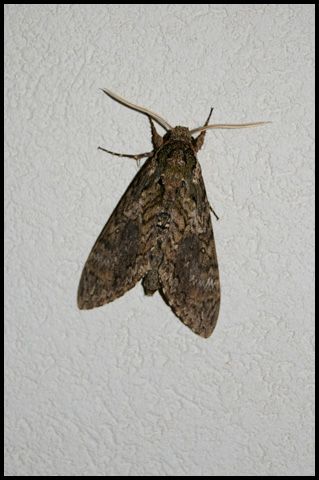
At night, electric lights disorient nocturnal insects. Most are small and escape notice, some are large and impressive, like this hawk moth.
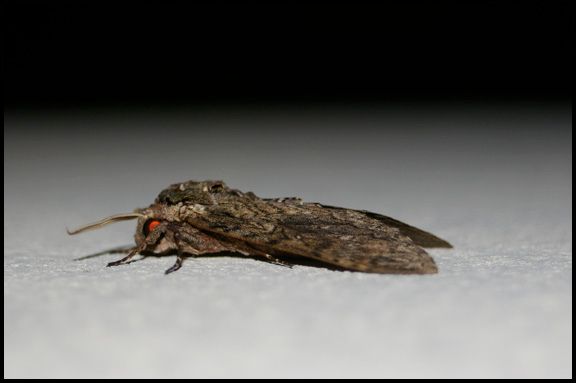
Same moth viewed from the side.

Another closely related moth, but more colorful, clings to my shirt.

During the day, other birds rest on the house's plants and bathe in the pool. Here a gray kingbird keeps a watchful eye for insects to catch in the air, while a zenaida dove rests below.
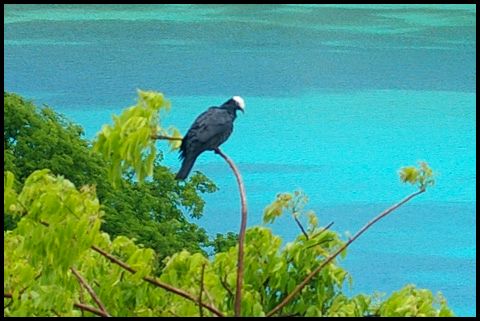
The white-crowned pigeon is the least bold of the four species of dove found on the island, and is listed internationally as near threatened. I usually see it high in trees, or perched on poles and wires. It feeds on the fruits of trees.
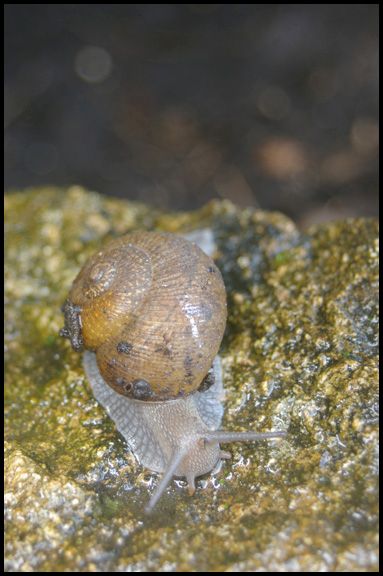
After a rain, the garden is suddenly swarming with snails. I don't know for sure, but I would guess that these are Helix snails, the same genus bred in Europe for food, and introduced into many cities including San Francisco.
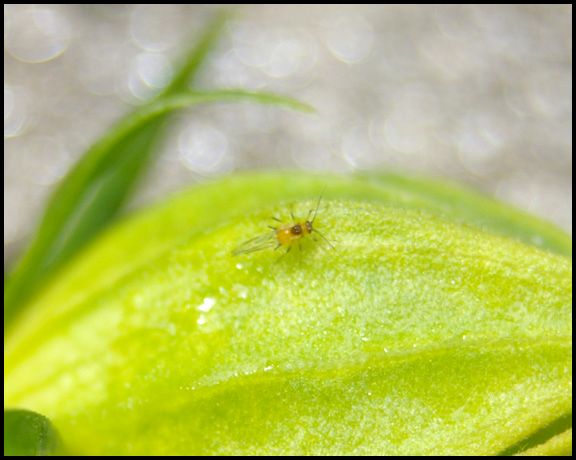
Also after the rain I found this aphid-like insect.
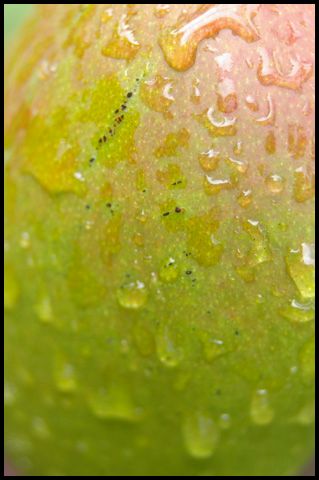
And the mango tree's fruit was glistening with rain.
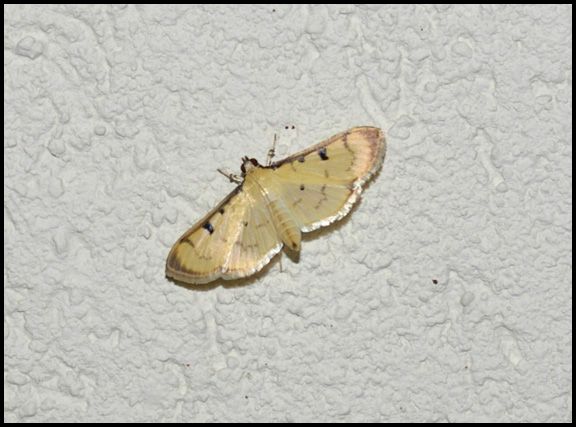
Down in a utility room I found this yellow lepidopteran, resting on the ceiling.
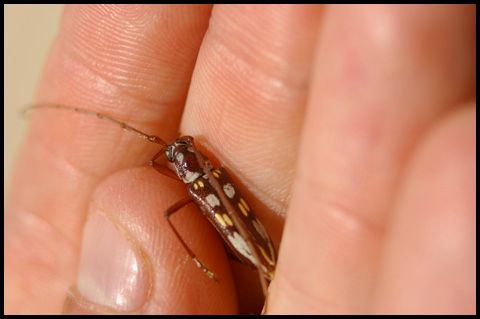
This longhorn beetle paid us a night visit, but I found it dying in the morning.

By far, the most noticeable household wildlife are the anoles. Anolis wattsi, which I call the Antiguan house lizard, is a small anole native to the Island that occurs sometimes in great numbers around human habitation. They bask in the sun but scurry away when approached. They eat small insects, which are plentiful.

Sometimes they get into houses, as well.
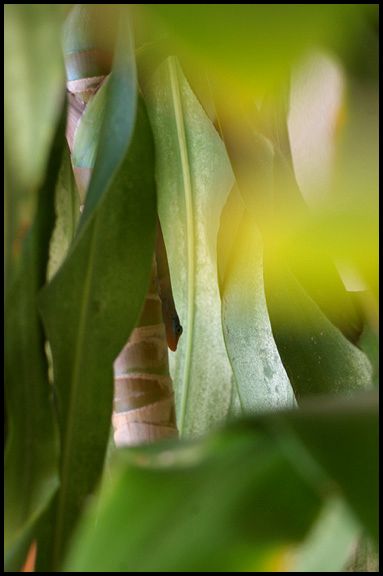
This potted plant provides quasi-natural cover for this anole. Some people refer to them as "geckos" which is the name of another lizard (with many of the same habits) they are not closely related to. I suspect we have television commercials to blame for the wider knowledge of the word "gecko" compared to "anole."

Alas, this one scurried into a gap that happened to be a place where an automatic gate closes.
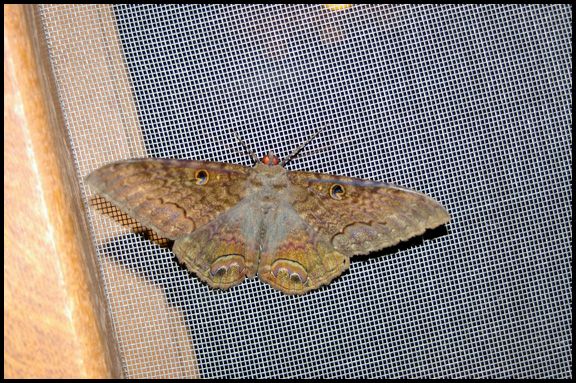
The creature I most wish that knew more about is this nocturnal butterfly. The wing orientation makes it plain that it is a butterfly and not a moth. Unaided by flash photography, the insect looks black--under the flash you can see the patterns which must camouflage it as it rests by day. Alexis' uncle said that the local superstition is that one of these appearing means that you will soon have (human) visitors.
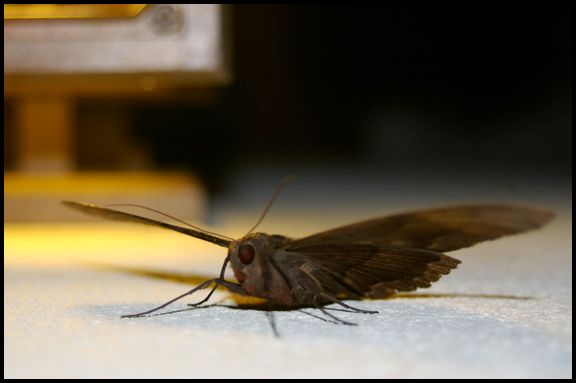
Googling "nocturnal butterfly" mostly produces articles about an endangered Costa Rican species. If anyone knows anything more, I'd love to hear it!

Lesser Antillean bullfinches area attracted to the activities surrounding breakfast. These bold songbirds essentially fill the house sparrow niche, and are found wherever people are on the island.

At night, electric lights disorient nocturnal insects. Most are small and escape notice, some are large and impressive, like this hawk moth.

Same moth viewed from the side.

Another closely related moth, but more colorful, clings to my shirt.

During the day, other birds rest on the house's plants and bathe in the pool. Here a gray kingbird keeps a watchful eye for insects to catch in the air, while a zenaida dove rests below.

The white-crowned pigeon is the least bold of the four species of dove found on the island, and is listed internationally as near threatened. I usually see it high in trees, or perched on poles and wires. It feeds on the fruits of trees.

After a rain, the garden is suddenly swarming with snails. I don't know for sure, but I would guess that these are Helix snails, the same genus bred in Europe for food, and introduced into many cities including San Francisco.

Also after the rain I found this aphid-like insect.

And the mango tree's fruit was glistening with rain.

Down in a utility room I found this yellow lepidopteran, resting on the ceiling.

This longhorn beetle paid us a night visit, but I found it dying in the morning.

By far, the most noticeable household wildlife are the anoles. Anolis wattsi, which I call the Antiguan house lizard, is a small anole native to the Island that occurs sometimes in great numbers around human habitation. They bask in the sun but scurry away when approached. They eat small insects, which are plentiful.

Sometimes they get into houses, as well.

This potted plant provides quasi-natural cover for this anole. Some people refer to them as "geckos" which is the name of another lizard (with many of the same habits) they are not closely related to. I suspect we have television commercials to blame for the wider knowledge of the word "gecko" compared to "anole."

Alas, this one scurried into a gap that happened to be a place where an automatic gate closes.

The creature I most wish that knew more about is this nocturnal butterfly. The wing orientation makes it plain that it is a butterfly and not a moth. Unaided by flash photography, the insect looks black--under the flash you can see the patterns which must camouflage it as it rests by day. Alexis' uncle said that the local superstition is that one of these appearing means that you will soon have (human) visitors.

Googling "nocturnal butterfly" mostly produces articles about an endangered Costa Rican species. If anyone knows anything more, I'd love to hear it!